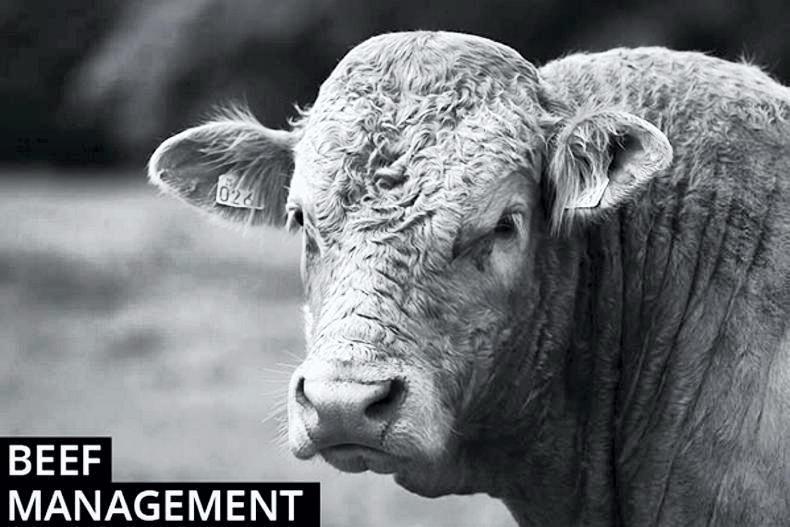Animals can become infected in two ways – either through ingesting dung or being fed infected colostrum or milk. As the disease progresses in the dam, calves can become infected in the womb.
The problem is that an animal may test negative for the disease and by the time an animal develops signs she may well have other animals in the herd infected. Bringing in colostrum from another farm of unknown Johne’s status is high-risk. If possible, you should freeze surplus colostrum from your own cows of known Johne’s status. Feeding milk from other farms, spreading cattle slurry from other farms and grazing with young stock is also risky. Testing animals before purchase is unreliable and there are very few known disease-free herds from which to buy stock. The only way to control Johne’s on your farm is to protect young calves from exposure to infected colostrum, dung or milk, and reduce shedding by removing any infectious animals by repeated individual animal testing. More information on Johne's disease is available from Animal Health Ireland.
Read more
Johne's disease implementation group meets to prepare eradication programme
How to tackle Johne’s Disease effectively
Beef management: buying stock bulls
Animals can become infected in two ways – either through ingesting dung or being fed infected colostrum or milk. As the disease progresses in the dam, calves can become infected in the womb.
The problem is that an animal may test negative for the disease and by the time an animal develops signs she may well have other animals in the herd infected. Bringing in colostrum from another farm of unknown Johne’s status is high-risk. If possible, you should freeze surplus colostrum from your own cows of known Johne’s status. Feeding milk from other farms, spreading cattle slurry from other farms and grazing with young stock is also risky. Testing animals before purchase is unreliable and there are very few known disease-free herds from which to buy stock. The only way to control Johne’s on your farm is to protect young calves from exposure to infected colostrum, dung or milk, and reduce shedding by removing any infectious animals by repeated individual animal testing. More information on Johne's disease is available from Animal Health Ireland.
Read more
Johne's disease implementation group meets to prepare eradication programme
How to tackle Johne’s Disease effectively
Beef management: buying stock bulls






 This is a subscriber-only article
This is a subscriber-only article










SHARING OPTIONS: